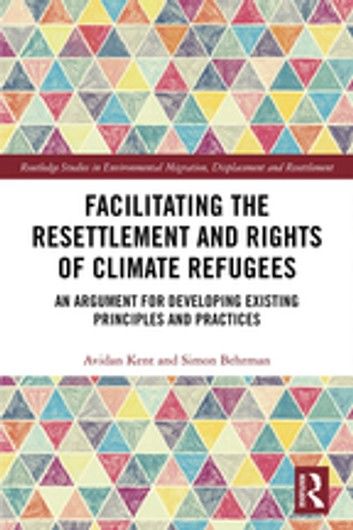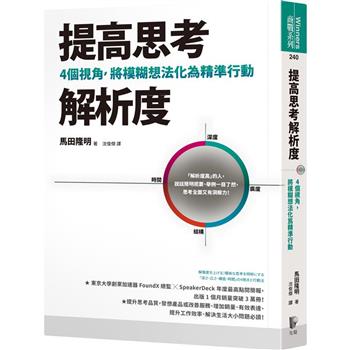| FindBook |
有 1 項符合
Facilitating the Resettlement and Rights of Climate Refugees的圖書 |
 |
Facilitating the Resettlement and Rights of Climate Refugees 作者:Avidan Kent,Simon Behrman 出版社:Taylor and Francis 出版日期:2018-03-26 語言:英文 |
| 圖書館借閱 |
| 國家圖書館 | 全國圖書書目資訊網 | 國立公共資訊圖書館 | 電子書服務平台 | MetaCat 跨館整合查詢 |
| 臺北市立圖書館 | 新北市立圖書館 | 基隆市公共圖書館 | 桃園市立圖書館 | 新竹縣公共圖書館 |
| 苗栗縣立圖書館 | 臺中市立圖書館 | 彰化縣公共圖書館 | 南投縣文化局 | 雲林縣公共圖書館 |
| 嘉義縣圖書館 | 臺南市立圖書館 | 高雄市立圖書館 | 屏東縣公共圖書館 | 宜蘭縣公共圖書館 |
| 花蓮縣文化局 | 臺東縣文化處 |
|
|
One of the most significant impacts of climate change is migration. Yet, to date, climate-induced migrants are falling within what has been defined by some as a ‘protection gap’. This book addresses this issue, first by identifying precisely where the gap exists, by reviewing the relevant legal tools that are available for those who are currently, and who will in the future be displaced because of climate change. The authors then address the relevant actors; the identity of those deserving protection (displaced individuals), as well as other bearers of rights (migration-hosting states) and obligations (polluting states). The authors also address head-on the contentious topic of definitions, concluding with the provocative assertion that the term ‘climate refugees’ is indeed correct and should be relied upon.
The second part of the book looks to the future by advocating specific legal and institutional pathways. Notably, the authors support the use of international environmental law as the most adequate and suitable regime for the regulation of climate refugees. With respect to the role of institutions, the authors propose a model of ‘cross-governance’, through which a more inclusive and multi-faceted protection regime could be achieved.
Addressing the regulation of climate refugees through a unique collaboration between a refugee lawyer and an environmental lawyer, this book will be of great interest to scholars and professionals in fields including international law, environmental studies, refugee studies and international relations.
|











